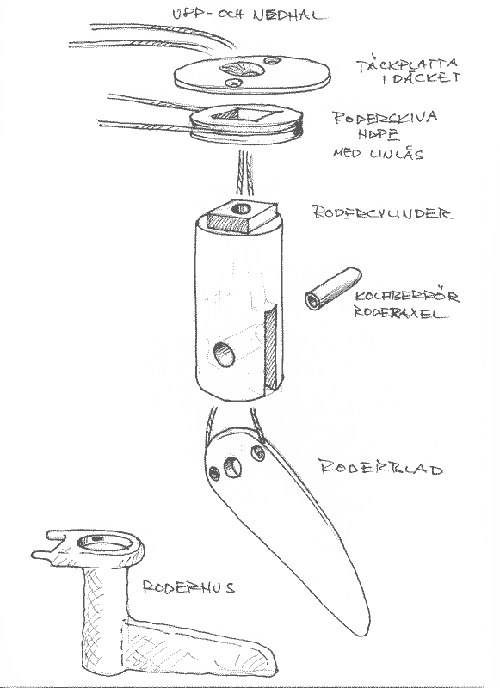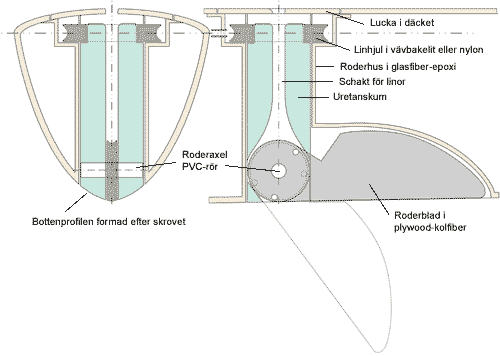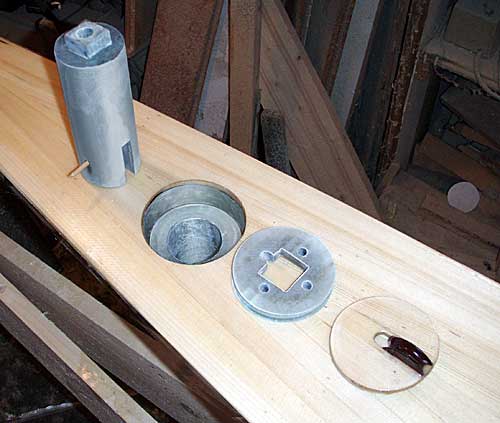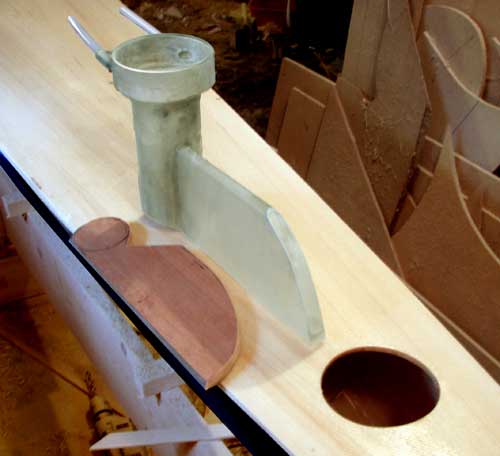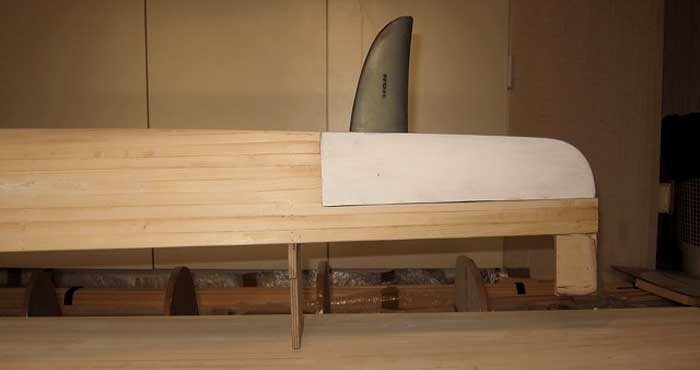mick_allen
Paddler & Moderator
- Joined
- May 15, 2005
- Messages
- 3,585
I think it should work in a similar fashion as well.That skeg rudder system looks similar enough (but a bit bigger) to what surfskis use as standard, as far as location and blade size.
From sidehits maybe, but as the blade is 50% shorter than most pinhead rudders and if the other mechanism uses material that is the same size as pinheads or stern mounts - wouldn't this understern have at least some substance similar to any other rudder?i wouldn't be comfortable having that on any extended/exposed trip. Just looks too fragile.
The main concerns (for me) with understerns are whether housing damage compromises hull integrity or whether severe rudder damage leaves it bent and exposed below the hull compromising paddling. However I think that these possibilities just have to be accepted if choosing understerns and that a provisional safety measure would be a breakaway blade below stress causing box failure.
Prijon got it right with their foil-shaped rudder.
Is this the one you mean?:
It has an elegant nature to it (certainly nicer than most sternhung or pinhead rudders) but is unusual in that it looks like a typical pinhead but uses a stern mount for the pin. It takes advantage of the low position by having the mid-blade inserting into the mount stabilizing the blade while deployed, but is odd that it has such a short pin and such a weird long rear bracket combined with the extended rear housing. Very high aspect blade, 'balanced' rudder - may be why the the throw has been limited.
Last edited:


 )
)